Canon is clearly the global leader in DSLR sales, with $10.5B in sales in 2010 compared to second place Nikon with $2.5B in sales. Sony places a distant third in the pecking order. A number of months ago Canon announced the release of two new camera bodies, the 1Dx and the 5D Mk III, Both of these bodies have full frame sensors, meaning that the size of the electronic sensor is the same as the frame size of the old 35mm SLR film cameras (36x24mm). The vast majority of DSLR’s sold today have smaller sensors, which results in the sensor ‘seeing’ a smaller field of view than would be seen with a 35mm film camera having a lens of equal focal length. The quantification of this phenomenon, called the Crop Factor, is made by determining the ratio between the diagonal length of the reference sensor size and the diagonal length of the smaller sensor. With crop body DSLR’s the crop factor is typically 1.3 or 1.6 for Canon cameras and 1.5 for Nikon cameras. The crop factor allows the photographer to calculate the effective focal length of a lens on a crop body camera compared to that same lens on a full frame camera. For example if a 50mm lens is attached to a DSLR with a 1.5 Crop Factor, the 50mm lens will perform as a 50 x 1.5 or 75mm lens would on a film body.
You may be saying to yourself “Who cares”, however it does make a difference based on the type of photography you do. For example landscape photographers often want to capture as large a field of view as possible and therefore use wide-angle lenses (shorter focal length lenses) to accomplish this. Right away it becomes evident that crop body cameras are a detriment if the widest possible field of view is desired. A 16mm lens effectively becomes a 25.6mm lens on a 1.6 crop body. This is why nature photographers prefer full frame DSLR’s for landscape work. The bird photographer on the other hand finds that the crop body is a great help to getting better shots because of the advantage gained by the crop factor. My 700mm lens effectively becomes an 1120mm lens on a 1.6 crop body.
The problem with photography becomes what to do when buying a camera if you are both a landscape and a bird photographer. There is an easy answer to this question…..buy two cameras, a crop body and a full frame body! Besides, if you are a serious photographer, you really should have some redundancy in you gear. If your only body broke while shooting a wedding it would be a disaster, so a second body is always a good idea.
Anyway, in order to heed my own advice, a Canon 5D Mk III was added to the gear bag a couple of weeks ago and so far its been a pleasure to use and fun to be playing with the first full frame camera since selling my old EOS 630 back in the early nineties. The new 5D Mk III has a 22.4 megapixel sensor and Canon’s new 61 point auto focussing system which is surprisingly fast. It’s ISO range of 50-102,400 is amazing and means this camera almost sees in the dark! Another new perk for me is that the 5D also shoots full HD video which is going to be fun.
The following images are among the first taken with the camera and have not been processed other than converting and resizing the RAW files for display on the web.
Blue Jay
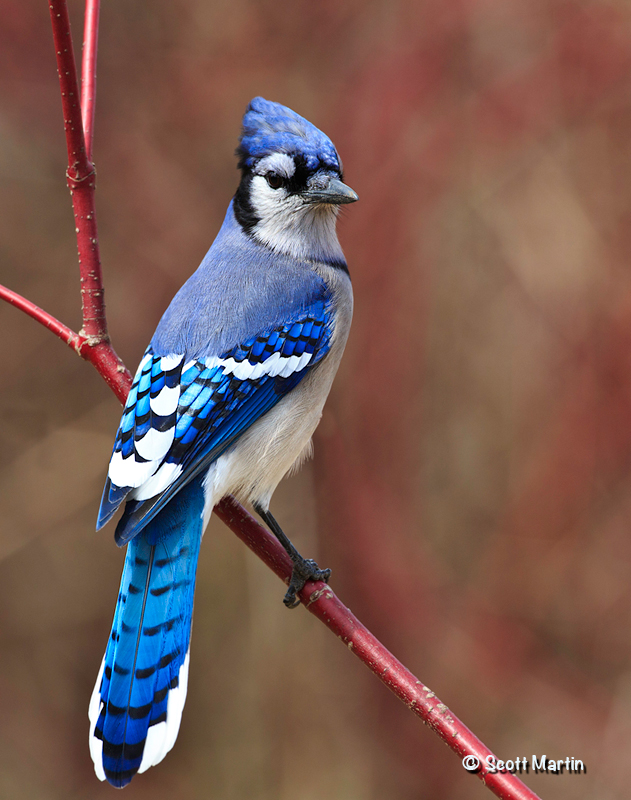
Downy Woodpecker
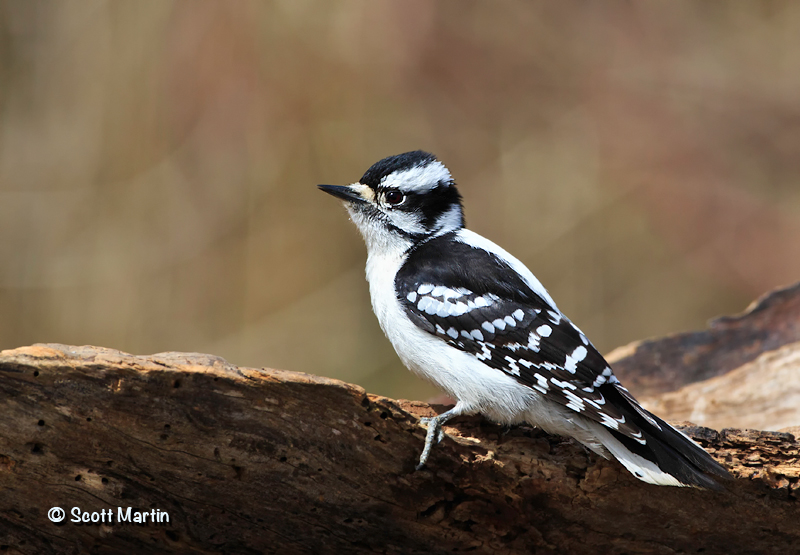
Junco
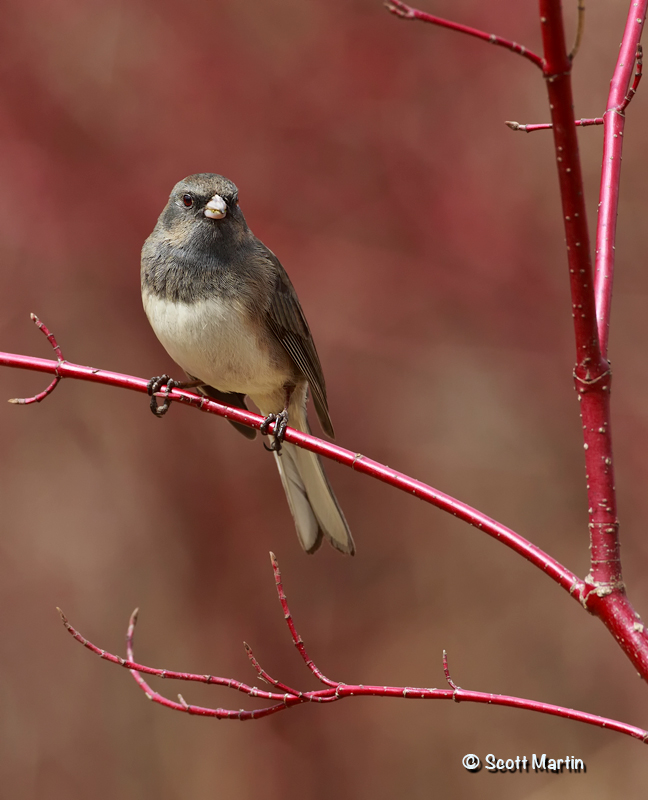
.
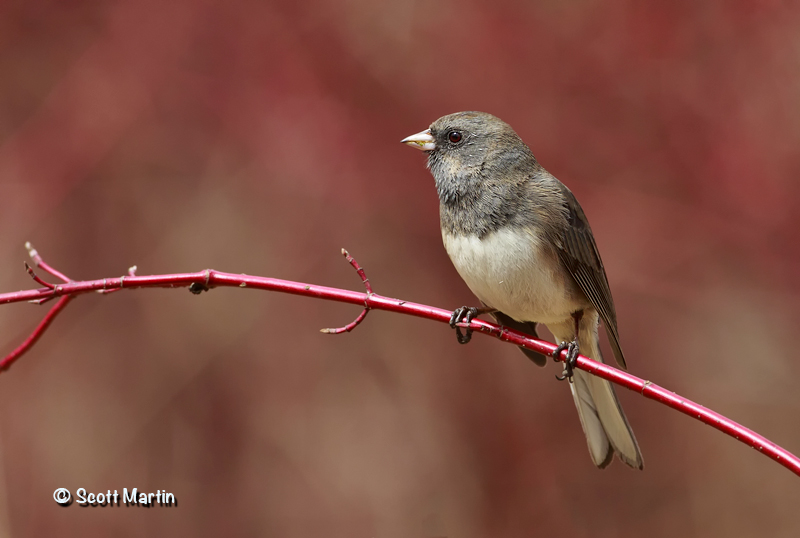
Red Winged Blackbird
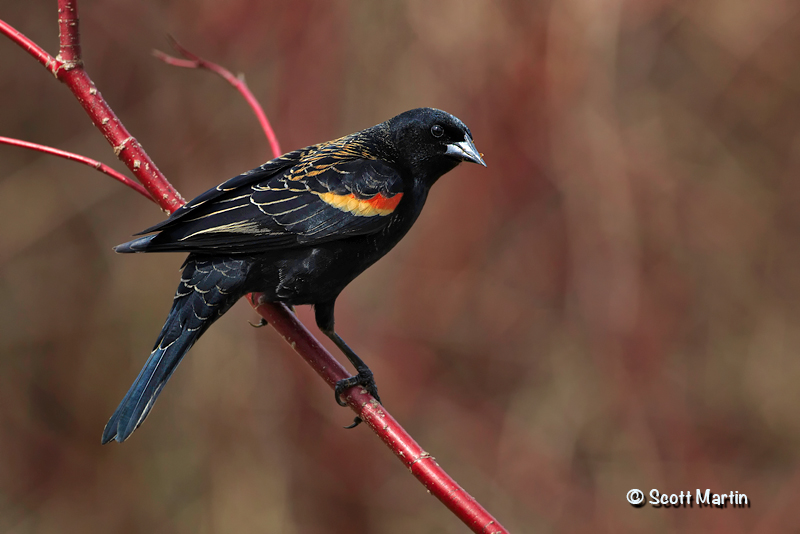
Red Squirrel
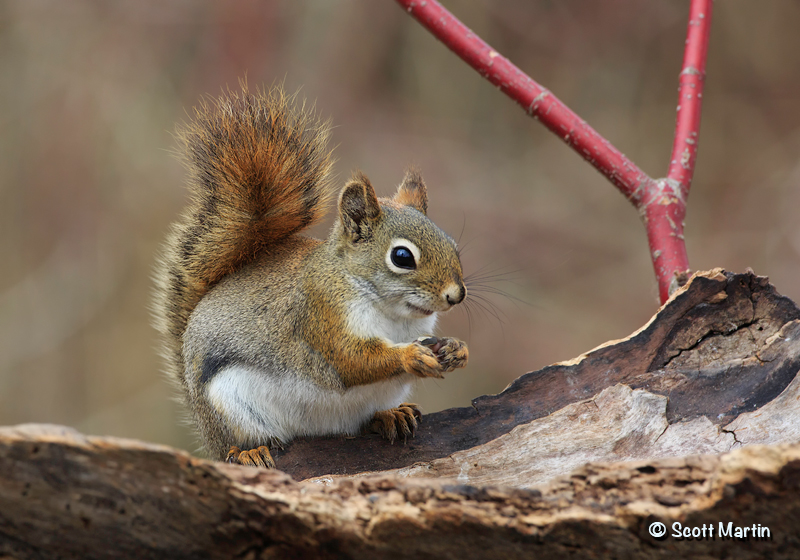
And finally a link to a quick video test of a Red Squirrel
As time permits I plan to post a few more detailed tests of the camera, especially ISO comparisons to help determine how high the ISO can be pushed and still get a useable image.

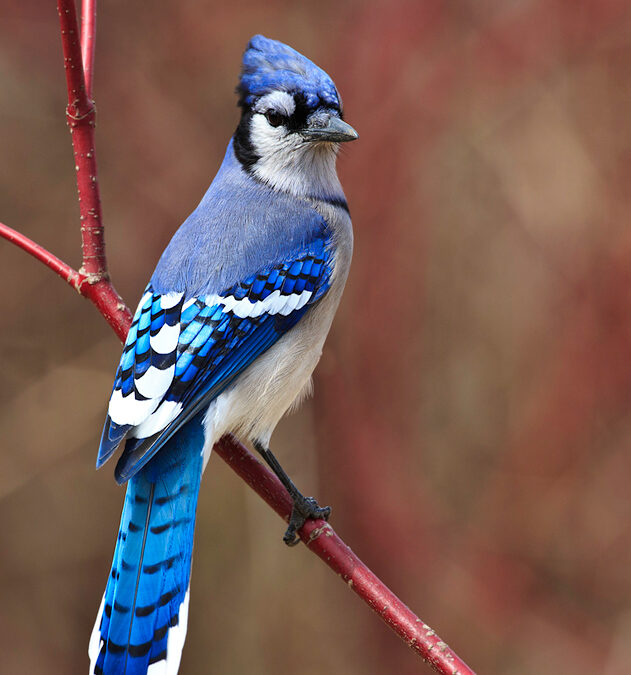
Very Nice! Can I use the lens any time as well?
Thanks Greg & I’m sure we could work something out!
Great article Scott. I’d like to see your 700mm lens one day!
Thank you Arni and you can use the lens any time 🙂
Great article ~ I enjoyed it.
Exquisite photos, like always!
Thanks Lisa and looking forward to seeing you in Muskoka this summer.